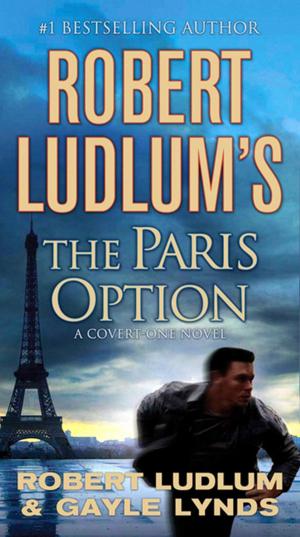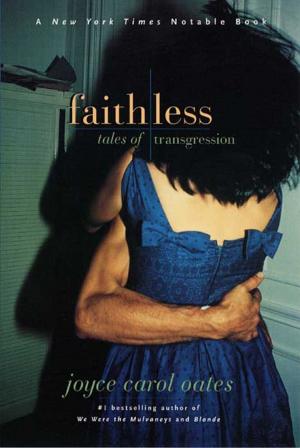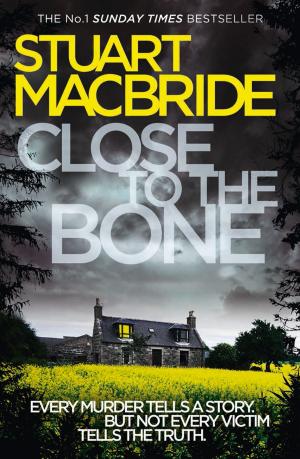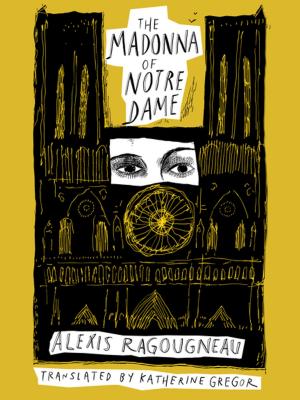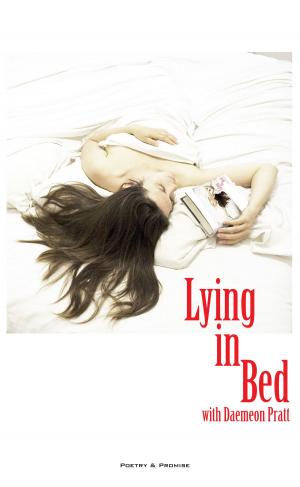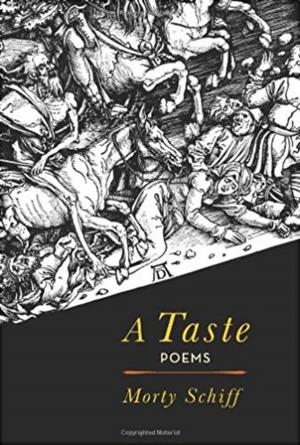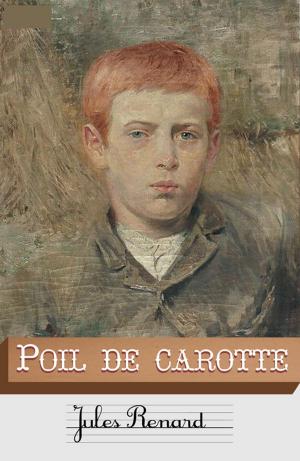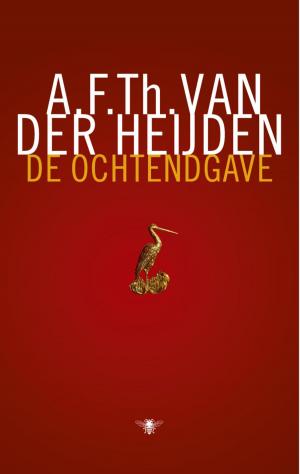| Author: | Rick Kaempfer, Brendan Sullivan | ISBN: | 9780984804917 |
| Publisher: | Eckhartz Press | Publication: | December 1, 2011 |
| Imprint: | Language: | English |
| Author: | Rick Kaempfer, Brendan Sullivan |
| ISBN: | 9780984804917 |
| Publisher: | Eckhartz Press |
| Publication: | December 1, 2011 |
| Imprint: | |
| Language: | English |
A decision made in two seconds can change, damage, save or even end a life. Henry Stankiewicz made such a decision and he is still dealing with the ripple effects over 30 years later. Can he and the people he affected now maneuver their way through a world of baristas and Army veterans, cartoon pirates and exploding port-a-potties, Canadian cowboys and bowling teams, office politics and young love, to find the strength to heal before it's too late? The structure of this novel is influenced by the improvisational theater form called the Harold, created by Del Close as a member of the San Francisco theater group the Committee in San Francisco in 1967. On stage, a Harold is a long-form improvisational piece inspired by one audience suggestion and created in the moment by a team of improvisers. In the strictest sense, a Harold contains three separate ‘scenes’ inspired by the audience suggestion and a theatrical opening. Ideally, as a Harold develops before the audience’s eyes over thirty minutes or so, the three scenes begin to connect and reflect one another, coming together in the end to create one coherent performance piece, never to be seen again. Entire books have been written about the essence of the Harold. Our short explanation does not do justice to it. As they say, “You gotta see it for yourself.” When it works, it will blow your mind. This novel is NOT a Harold, only influenced by the form. It wasn’t improvised on a stage in thirty minutes, although we did use some improvisation techniques in our process. We do have three interweaving story lines, but this novel was written, edited, rethought, rewritten, and rewritten again. Therefore, the end product of “The Living Wills” doesn’t strictly adhere to the Harold form. Still, we would be remiss if we didn’t acknowledge the debt we owe to Del Close.
A decision made in two seconds can change, damage, save or even end a life. Henry Stankiewicz made such a decision and he is still dealing with the ripple effects over 30 years later. Can he and the people he affected now maneuver their way through a world of baristas and Army veterans, cartoon pirates and exploding port-a-potties, Canadian cowboys and bowling teams, office politics and young love, to find the strength to heal before it's too late? The structure of this novel is influenced by the improvisational theater form called the Harold, created by Del Close as a member of the San Francisco theater group the Committee in San Francisco in 1967. On stage, a Harold is a long-form improvisational piece inspired by one audience suggestion and created in the moment by a team of improvisers. In the strictest sense, a Harold contains three separate ‘scenes’ inspired by the audience suggestion and a theatrical opening. Ideally, as a Harold develops before the audience’s eyes over thirty minutes or so, the three scenes begin to connect and reflect one another, coming together in the end to create one coherent performance piece, never to be seen again. Entire books have been written about the essence of the Harold. Our short explanation does not do justice to it. As they say, “You gotta see it for yourself.” When it works, it will blow your mind. This novel is NOT a Harold, only influenced by the form. It wasn’t improvised on a stage in thirty minutes, although we did use some improvisation techniques in our process. We do have three interweaving story lines, but this novel was written, edited, rethought, rewritten, and rewritten again. Therefore, the end product of “The Living Wills” doesn’t strictly adhere to the Harold form. Still, we would be remiss if we didn’t acknowledge the debt we owe to Del Close.


